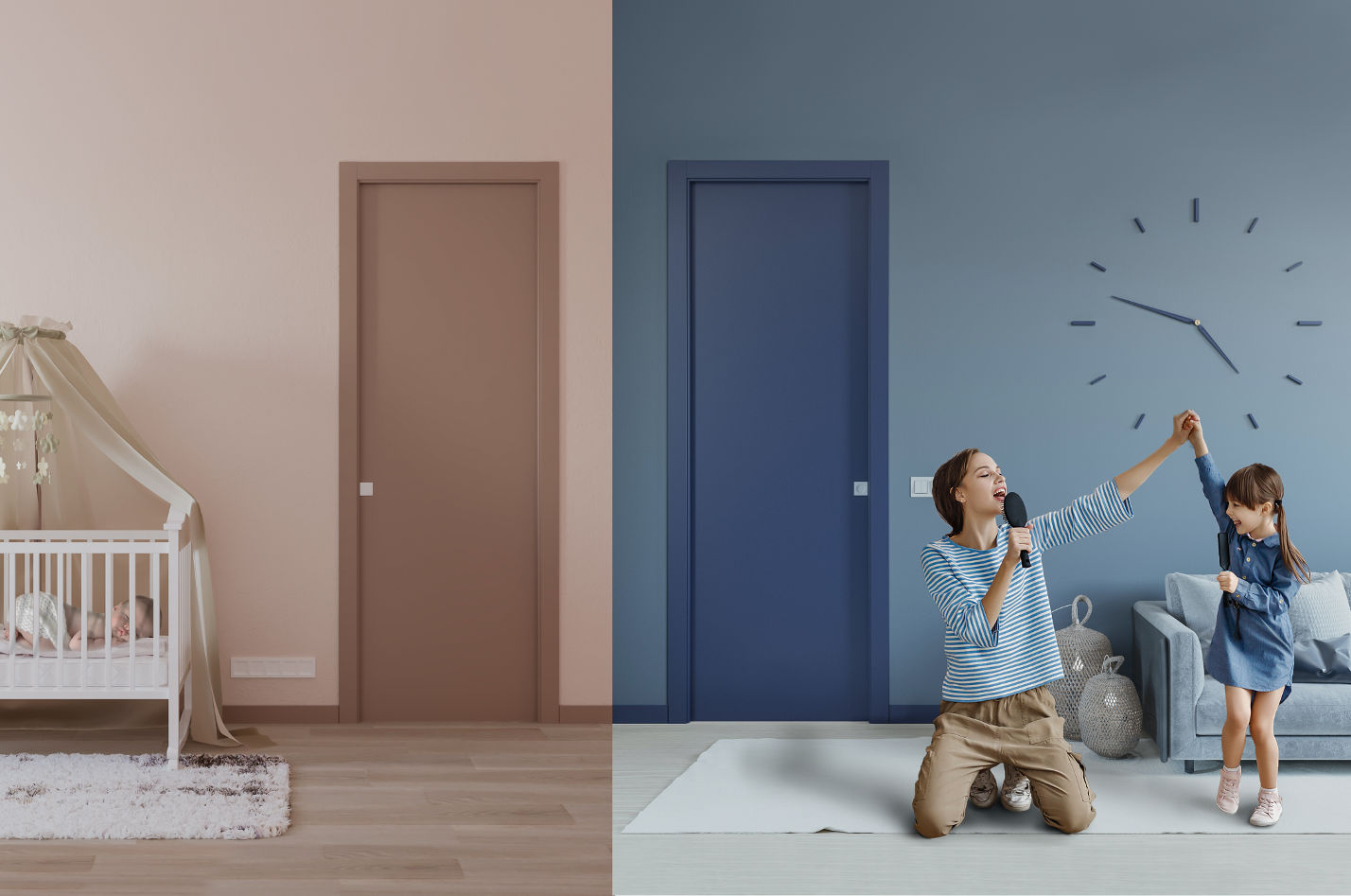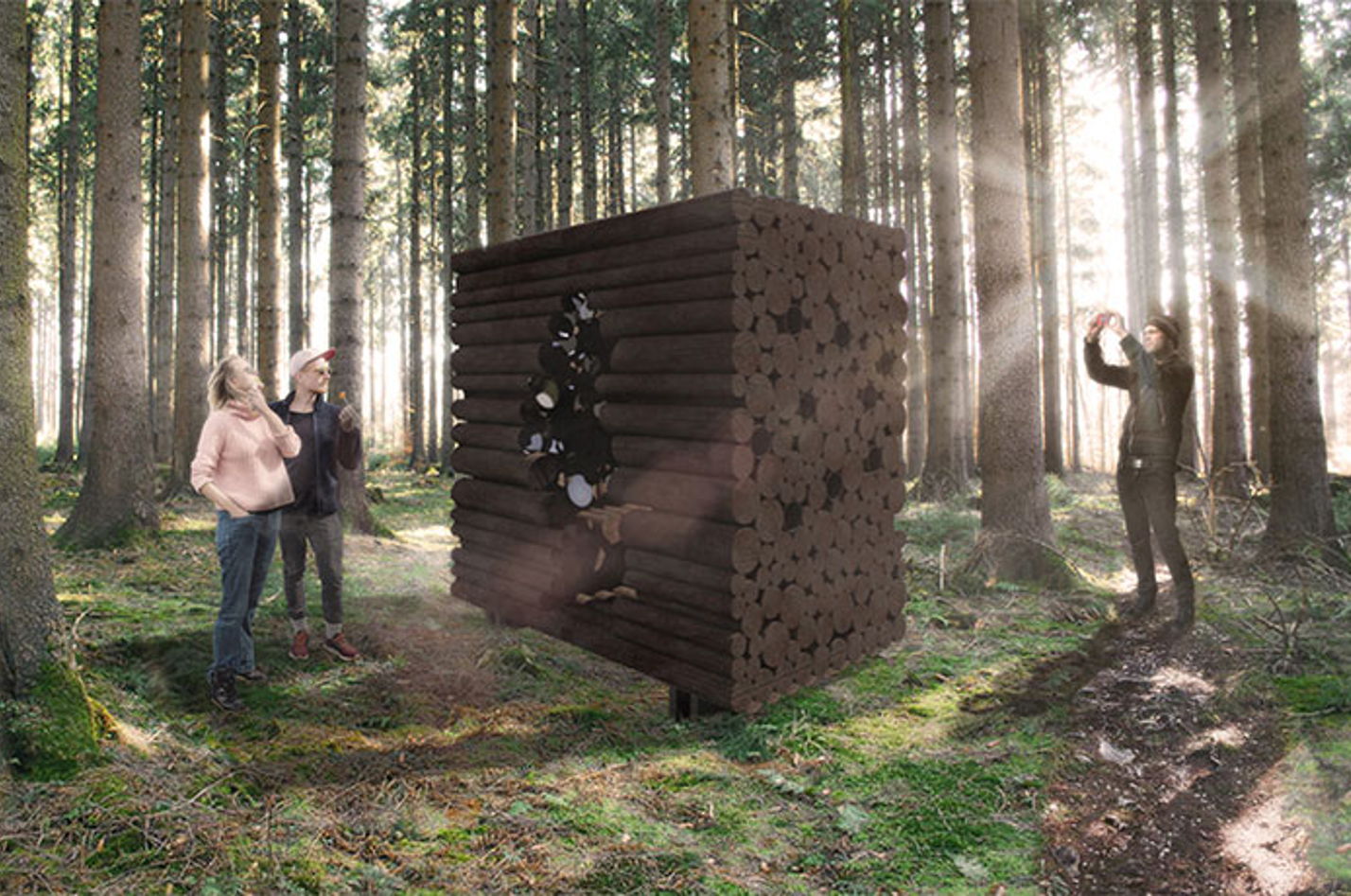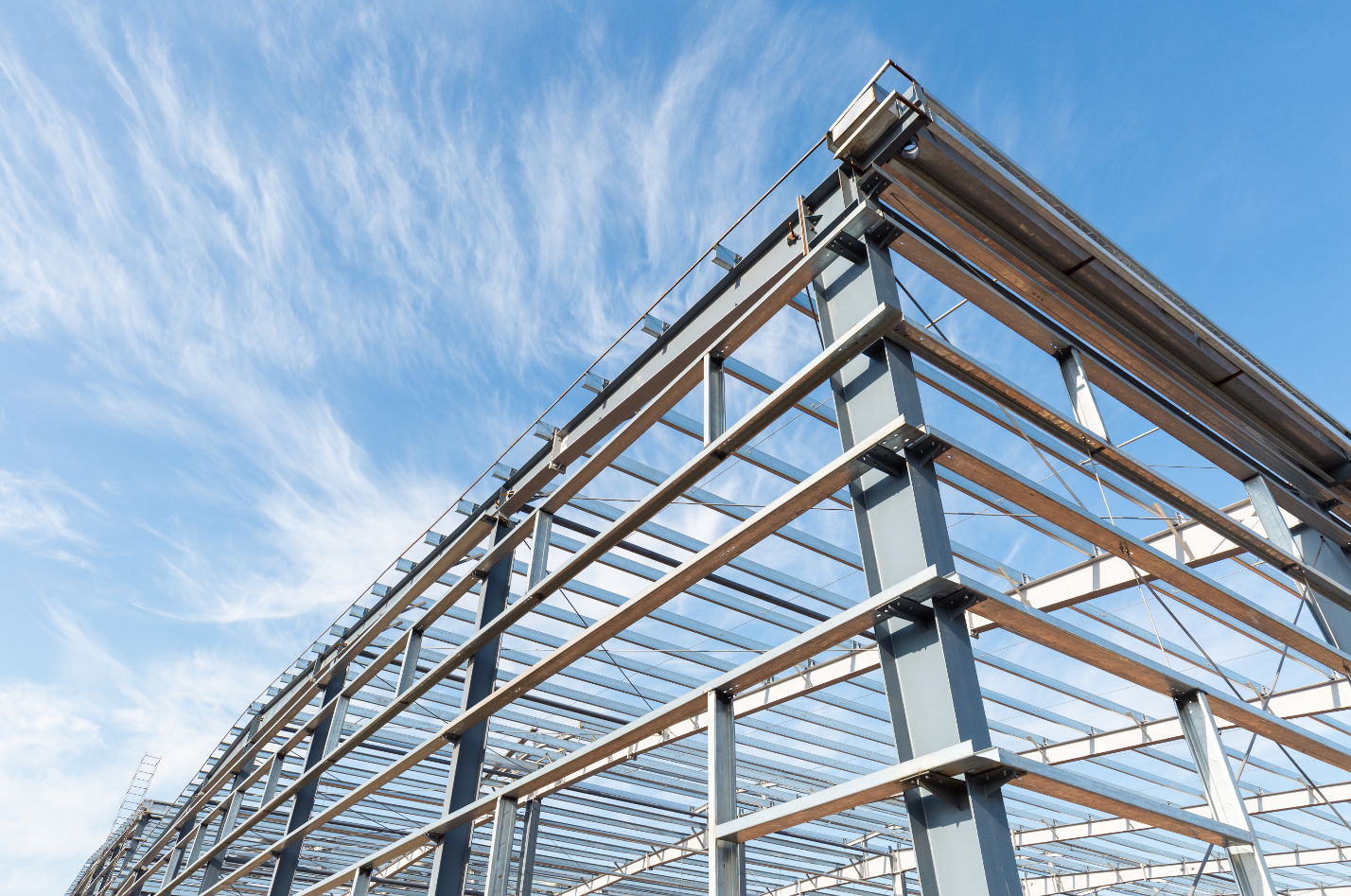A sense of hearing comfort
Creating new spaces for privacy, where each member of the family can find their own dimension
From floors to doors, manifold elements of a building must be carefully selected to guarantee perfect acoustic insulation, an indispensable element of optimal living comfort.
Acoustic comfort is a rather delicate and controversial subject as from a legislative point of view, there is a lack of suitable regulation for its suitable management. Let us start with one certainty: an acoustically comfortable environment is one that gives us a better quality of life in psycho-physical terms. This is because out of all the five senses, hearing is the only one that functions during rest, even when we are asleep, making it obvious just how important guaranteeing acoustically salubrious environments is. Possible consequences of excessive exposure to noise include heart disease, high blood pressure, headache, hormonal changes, psychosomatic diseases, sleep disorders, reduced physical and mental performance, stress reactions, aggressiveness, constant feelings of discomfort and a reduction in the overall sensation of well-being in individuals.
Airborne noise from outside, caused by traffic for example; airborne noise from inside, for example from the television set or high volume conversations in close proximity; impact noises from other areas in the building, such as footsteps or the moving of furniture; background noise due to different kinds of systems or ventilation systems. All these noises can be transmitted through the air (airborne noises) and through the building's physical structure (impact noise). The levels of reverberation and surface absorption in a given interior also affect how noise behaves and consequently, how it is perceived by the human ear. The acoustic comfort of a building must be guaranteed by compliance with stringent passive acoustic requirements. This enables effective protection from external noise as well as noise originating from other areas inside the building. Therefore first and foremost, good acoustic comfort requires a knowledge of elements that cause acoustic pollution. This should be followed by thorough consideration of intended use, so as to improve the interior and enhance comfort. In sound absorbing construction systems noise is absorbed by construction materials, whereas in sound-proofing systems, noise is deflected, or repelled.
Glass is undoubtedly a sound-proofing material and therefore can be used suitably to this effect, even in extremely noisy environments. Doorsare equally important, an essential element which, when paired with correct structural acoustic insulation, guarantee silence between different areas of the home. In addition to good fixtures and doors which mitigate noise, fitting the home with materials specially designed for insulation and correct acoustics is essential: panels, composites with materials of various nature, featuring technologies that guarantee considerable noise reduction and in some case, innovations in aesthetic terms. Such materials, construction systems and technologies are constantly evolving to provide suitable solutions in response to these requirements.
Creating new spaces for privacy, where each member of the family can find their own dimension, has become a particularly pressing need in traditional family homes, where exuberant teenagers must accommodate the need for silence of younger siblings or working family members. One member's moment of rest may clash with another member's moment dedicated to home cleaning too, for example. Sharing everyday living space over many hours is inevitable and different life rhythms of cohabitants can give rise to conflict. Therefore curbing sounds and protecting from outside noise are fundamental in guaranteeing well-being in the home environment.
Soluzione Acustica, the latest solution by Scrigno, guarantees acoustic comfort. It is designed for all residential contexts and particularly effective in small homes, where in addition to ensuring intimacy, there is a need for space optimisation and recovery. This technology, exclusive to Scrigno, consists of fitting mobile magnetic sealing strips along the lower edge of the door panel and counter frame, the two least insulated parts of a classic sliding door – to achieve an overall acoustic insulation performance level of Rw=39 dB (-1; -4) on plasterboard walls from 100 and 125 mm. A seamless combination of performance, functionality and style, Soluzione Acustica satisfies creativity, with high level aesthetics, for originally designed interiors, in line with the tastes of the people who live in them.
Source: Archi UP! no. 32 - April 2021, BigMat Italia magazine: A leading group of Outletsin Italy and Europe for the distribution of construction, refurbishment and renovation materials. Text by Carlo Vacca








